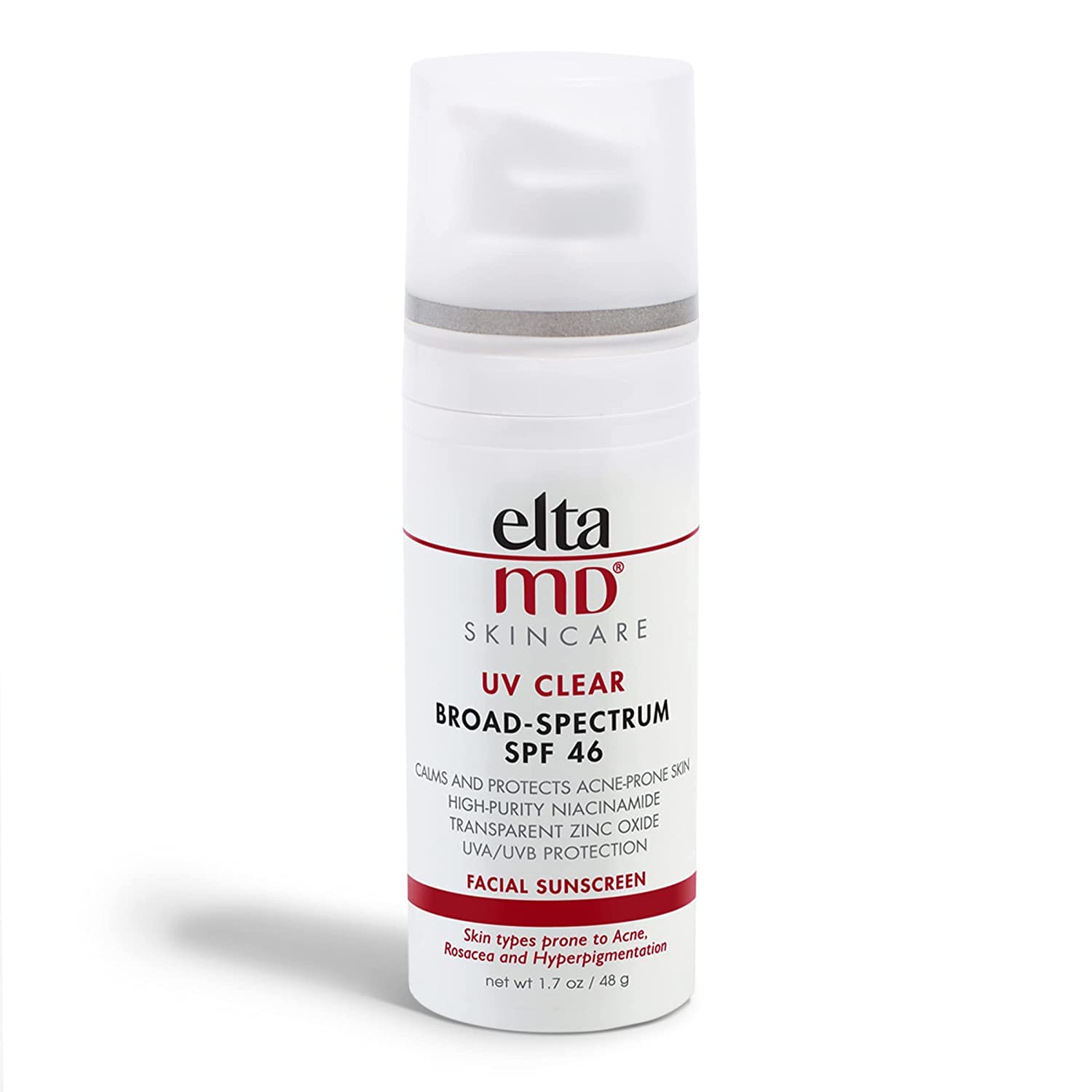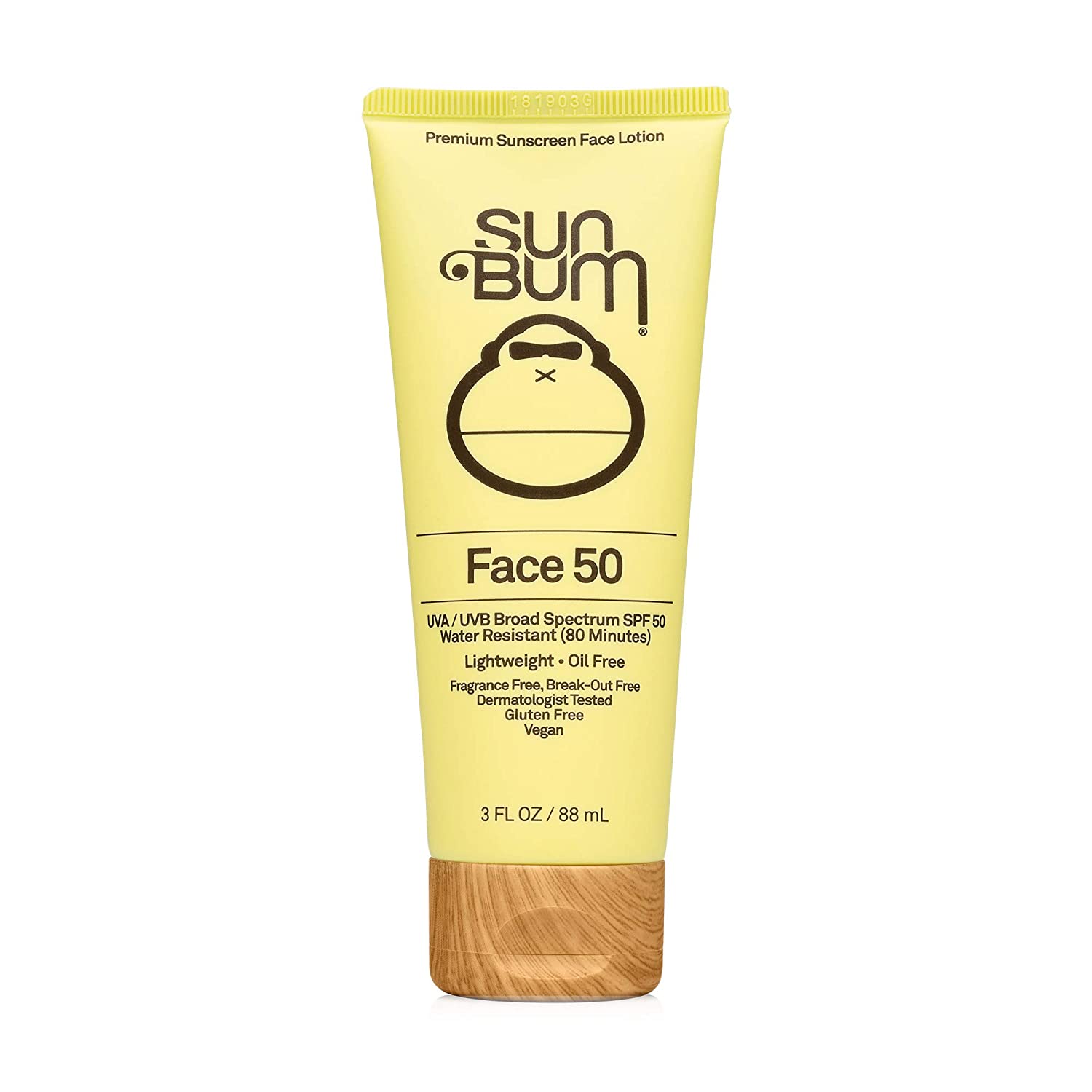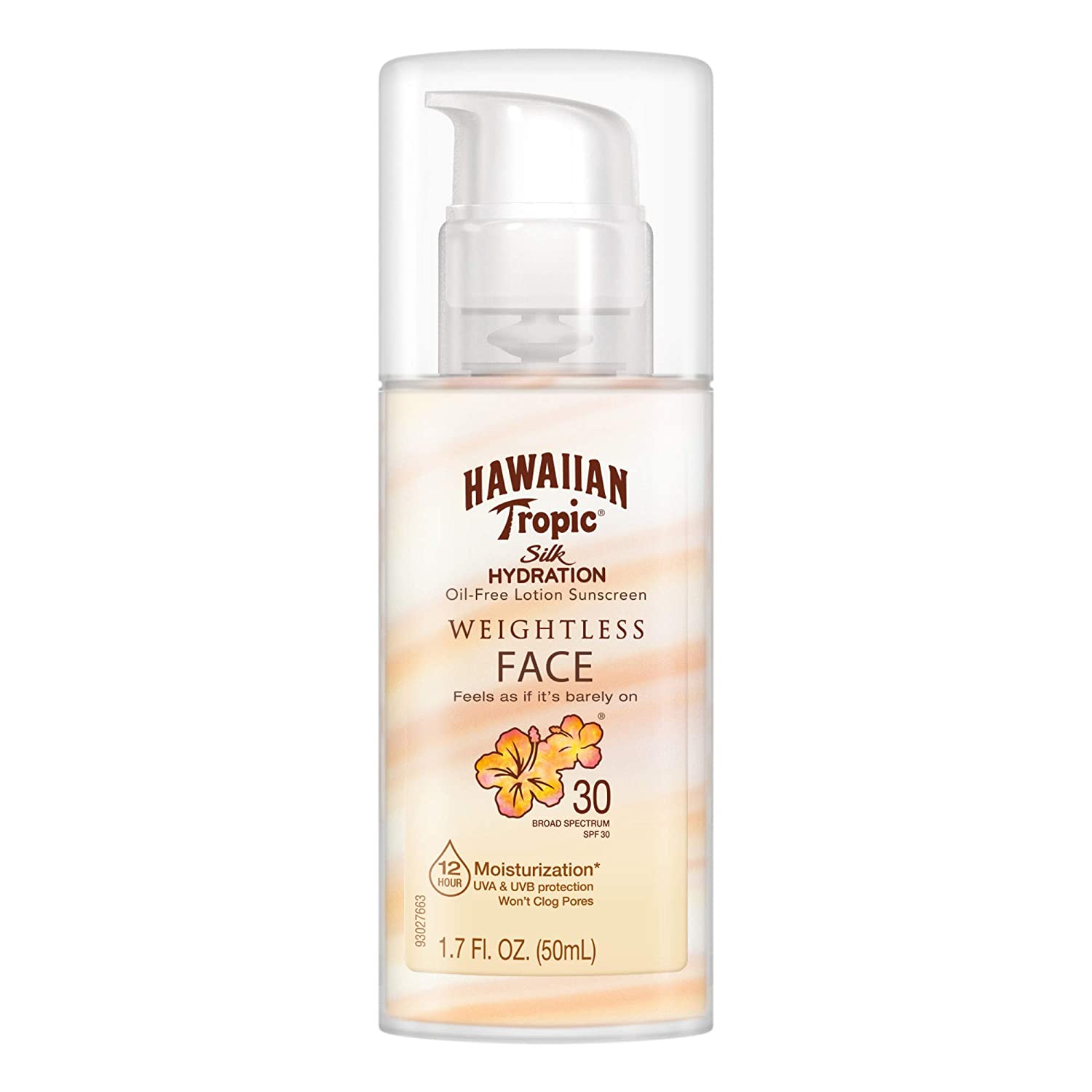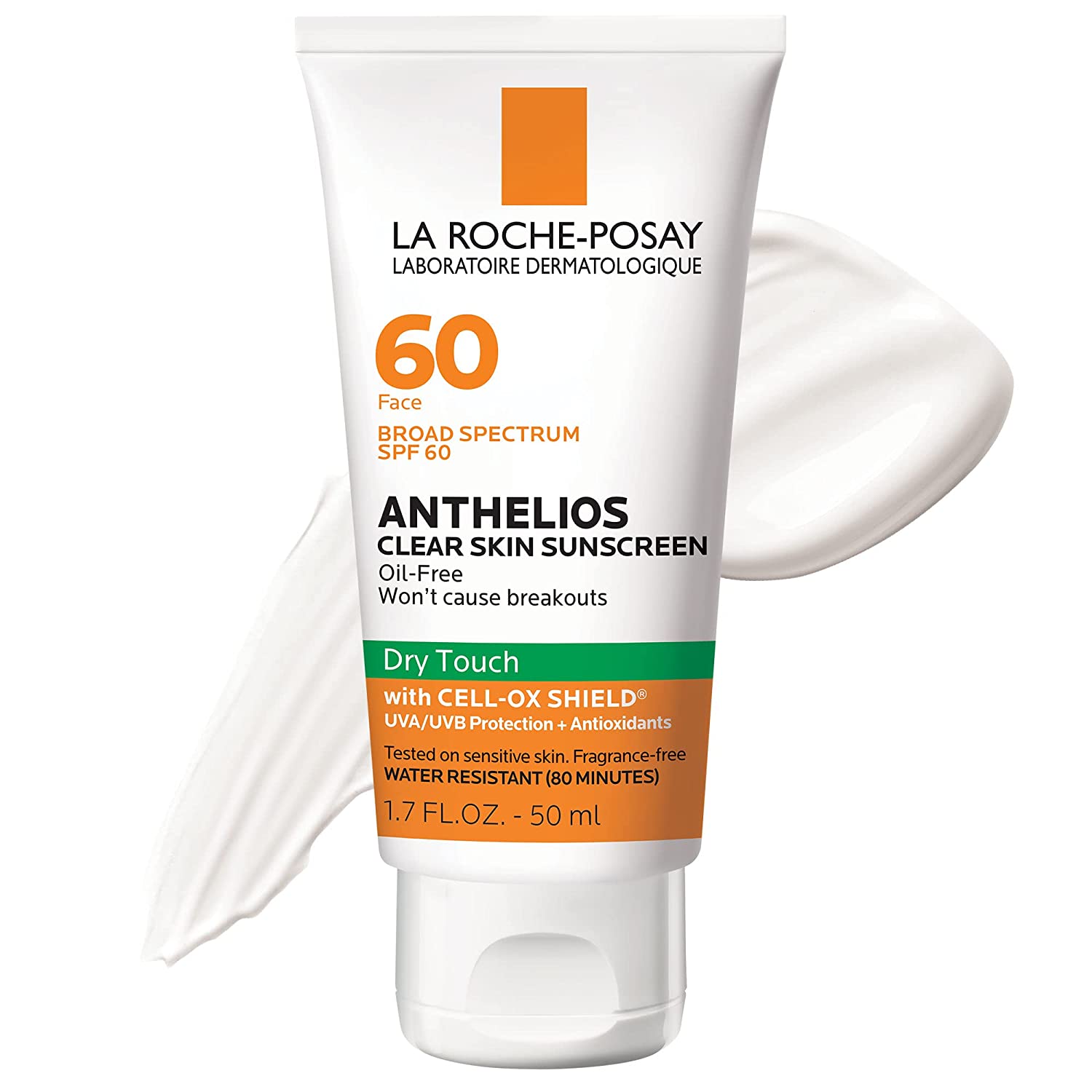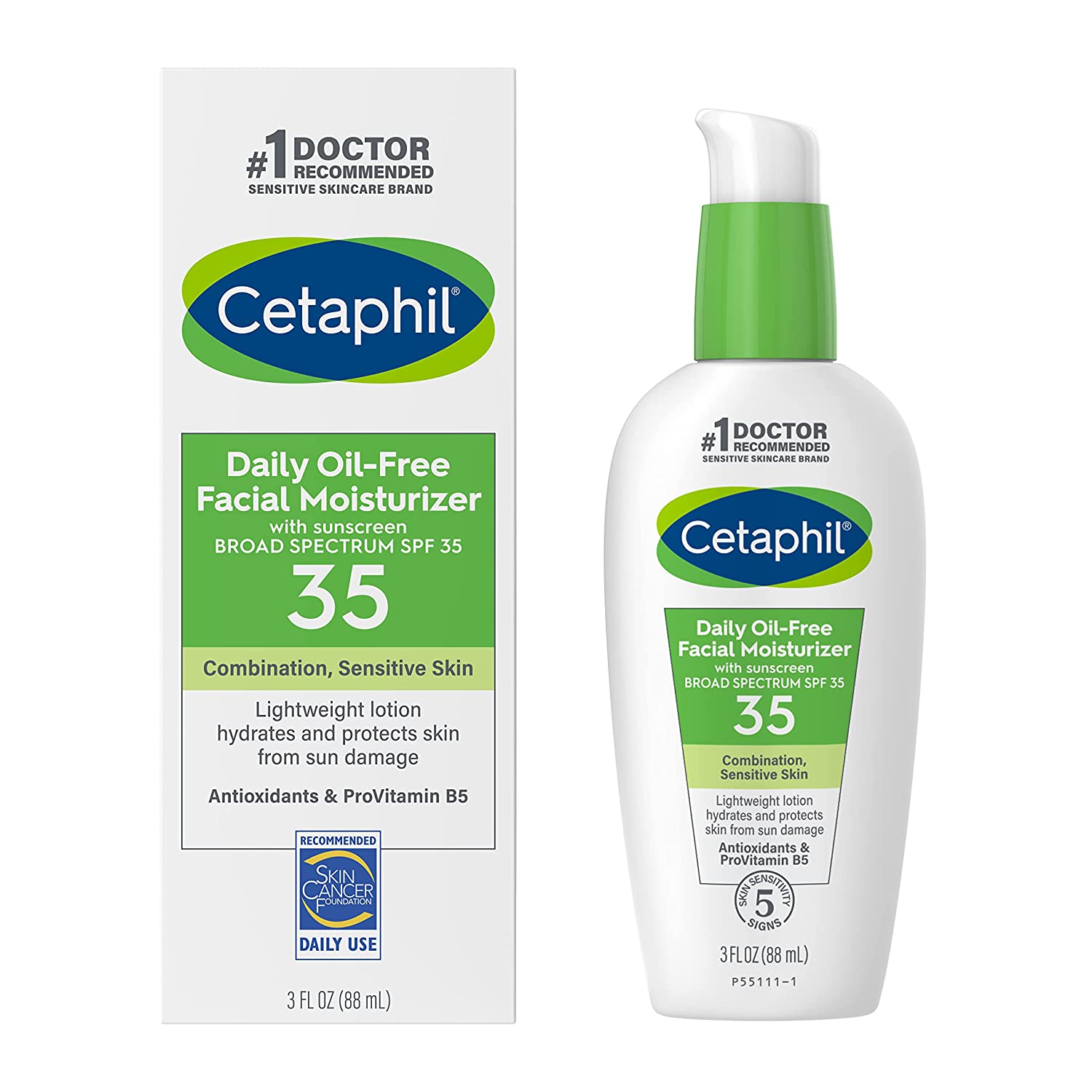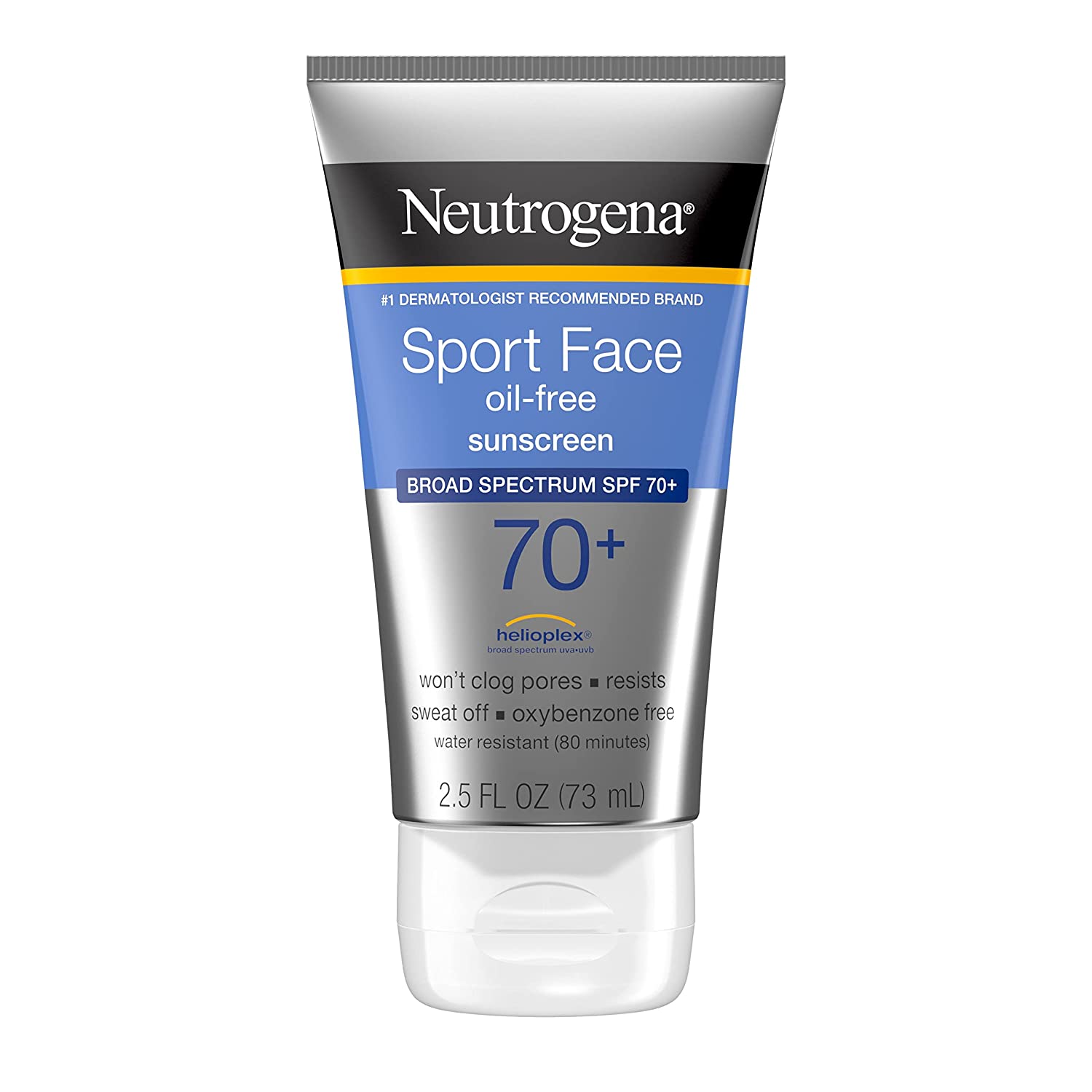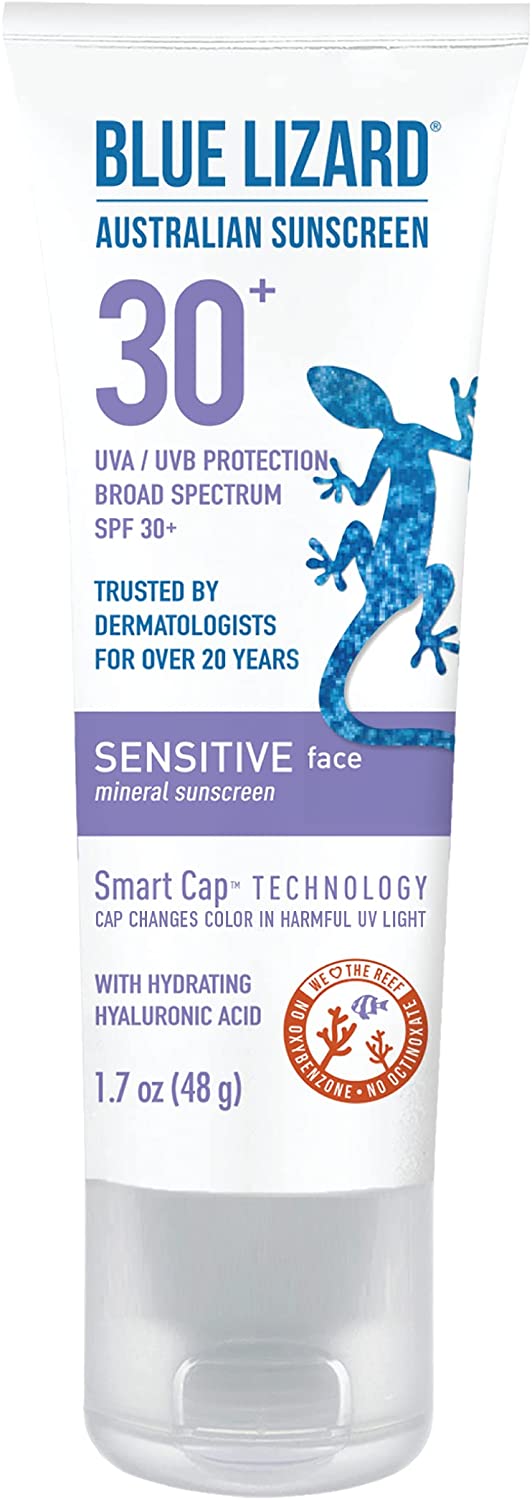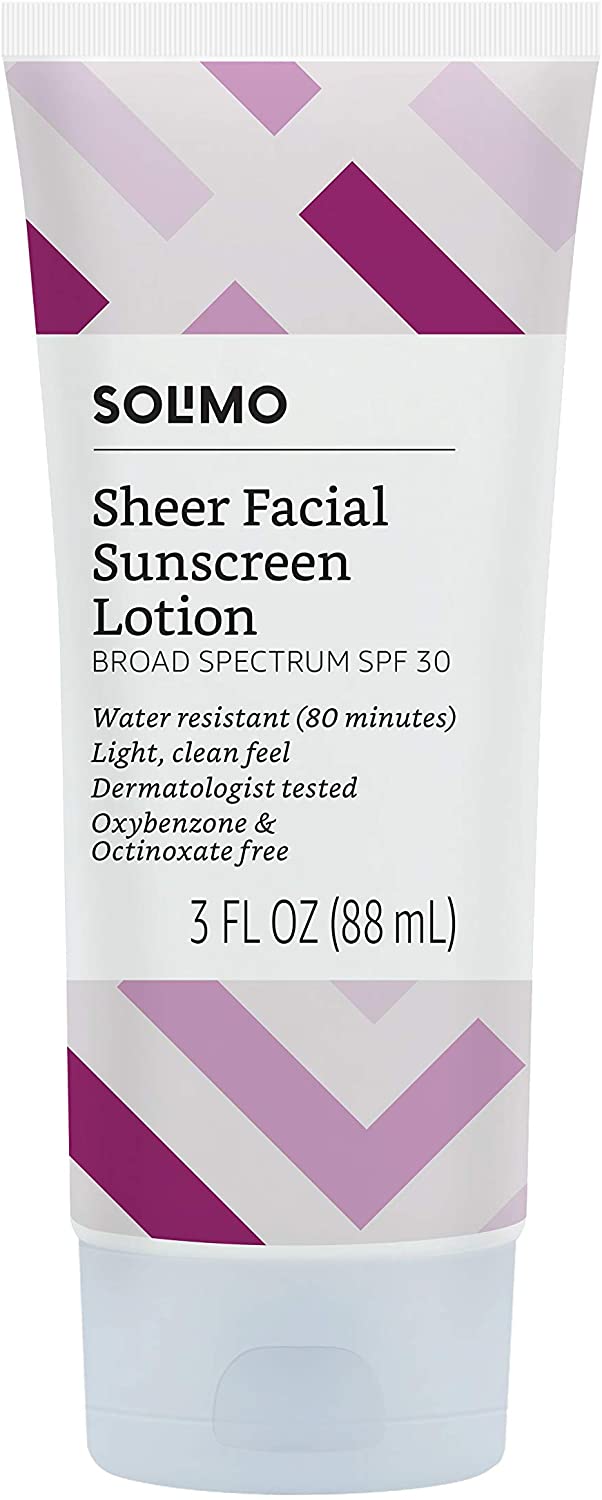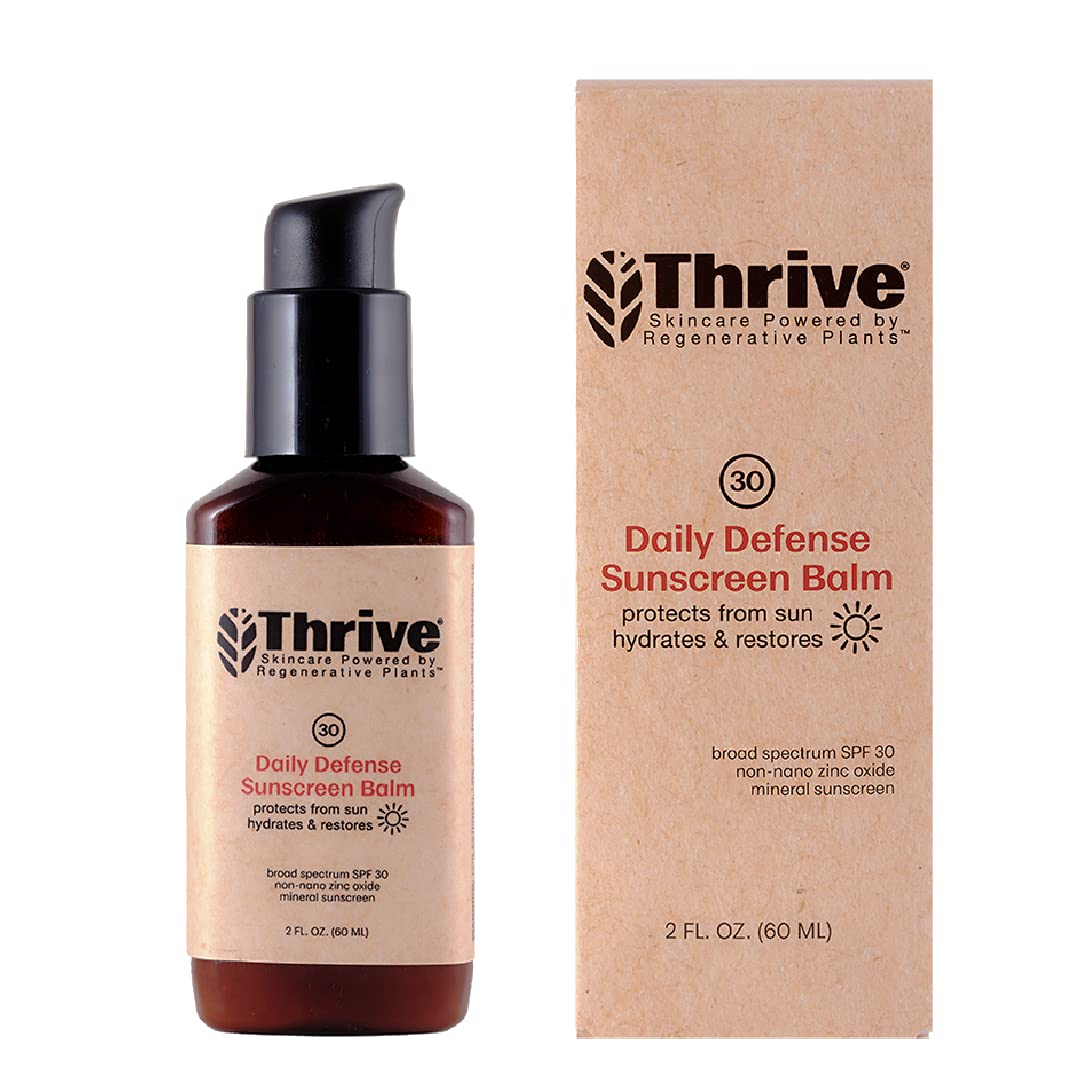EltaMD Skin Care UV Clear SPF 46 Facial Sunscreen
Last updated: July 19, 2022
Featuring mineral ingredients, this sunscreen is gentle and less likely to cause issues if you have acne or sensitive skin. It has an SPF rating of 46 and offers broad protection. It's ideal for use if you won't get wet or sweat.
We looked at the top Facial Sunscreens and dug through the reviews from some of the most popular review sites. Through this analysis, we've determined the best Facial Sunscreen you should buy.
Product Details
Key Takeaway: Consider this gentle mineral sunscreen if you have skin concerns and don't need water resistance.
In our analysis of 17 expert reviews, the EltaMD Skin Care UV Clear SPF 46 Facial Sunscreen placed 1st when we looked at the top 9 products in the category. For the full ranking, see below.From The Manufacturer
Oil-free EltaMD UV Clear facial sunscreen is recommended by dermatologists as it helps calm and protect sensitive skin types prone to acne, rosacea and discoloration. This zinc oxide facial sunscreen with broad- spectrum coverage protects against UVA and UVB rays from the sun. Apply per directions to help prevent sunburn. Reapply at least every 2 hours.
